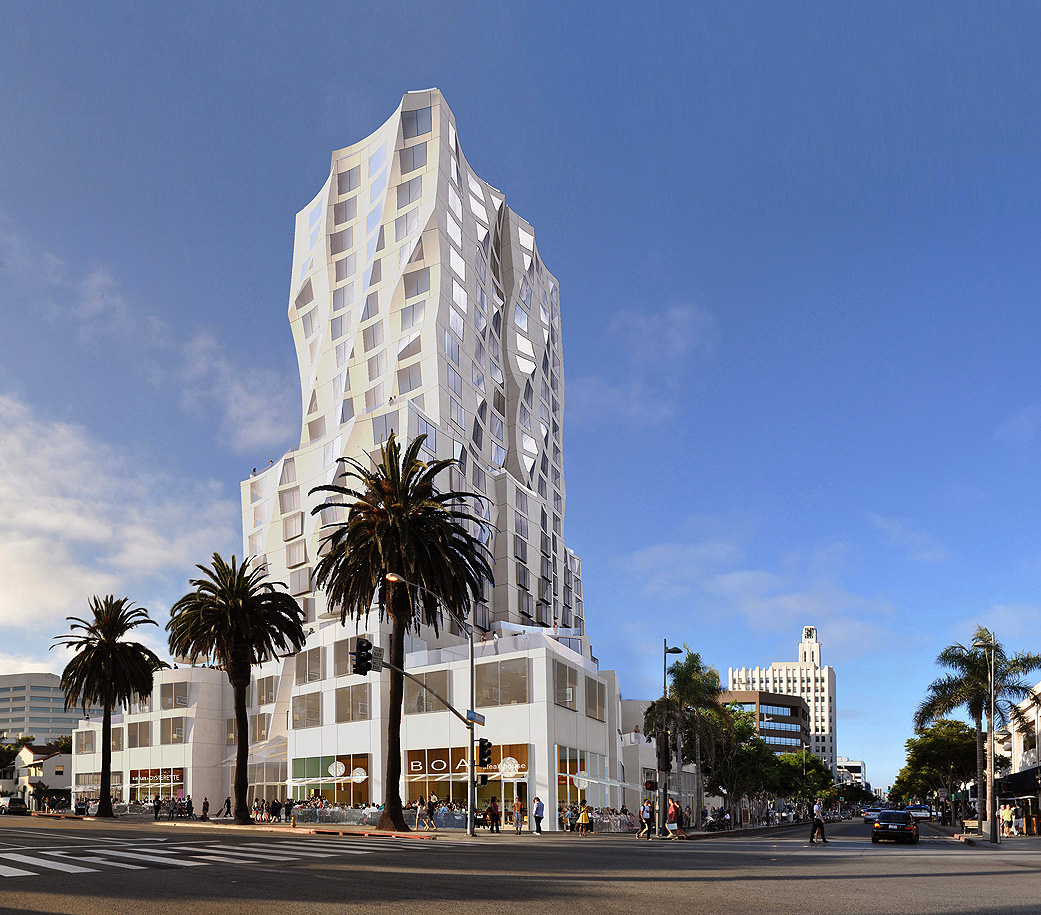As Ron Goldman recently pointed out in a letter ("Development done right," Letters to the Editor, Aug. 10), excessive focus on questions of height and density can easily distract attention from more significant considerations when proposals for a building are under review. Exactly this appears to have occurred when the Architectural Review Board recently considered the [Frank] Gehry hotel project. Preoccupied with an abstract discussion of height limits, did the ARB ignore the most evident weakness of the current proposal?
"School of Gehry" architecture is often characterized by the use of a pedestal-type base for an innovative "sculptural" building form (as in the Gehry Partners' Novartis Campus, Basil, Switzerland, 2009, illus. in the MOCA catalog, A New Sculpturalism, 2013, p. 56). Drawing on precedents in early and mid-20th-century cubist-inspired table sculptures, these bases are normally tucked under the buildings they support, do not draw attention to themselves, and tend to be transparent.
The two-story, white outdoor mall-style base currently proposed lacks these features. Nor does it actively engage with the sculptural hotel structure above it. As a result, the vertical element appears to be plopped on top of a conventional "pedestal" that is too evident and too wide.
The current base has been defended as necessary to protect against excessive massing and verticality, but Gehry has shown elsewhere that he can fashion a hotel that does not block sight lines, light and atmosphere. Why not encourage him to propose an innovative base (and base-tower relation), then let the designers accommodate the proposed luxury retail on the ground floors to the spaces available within the envelope of the pedestal?
Richard Dellamora
Santa Monica










